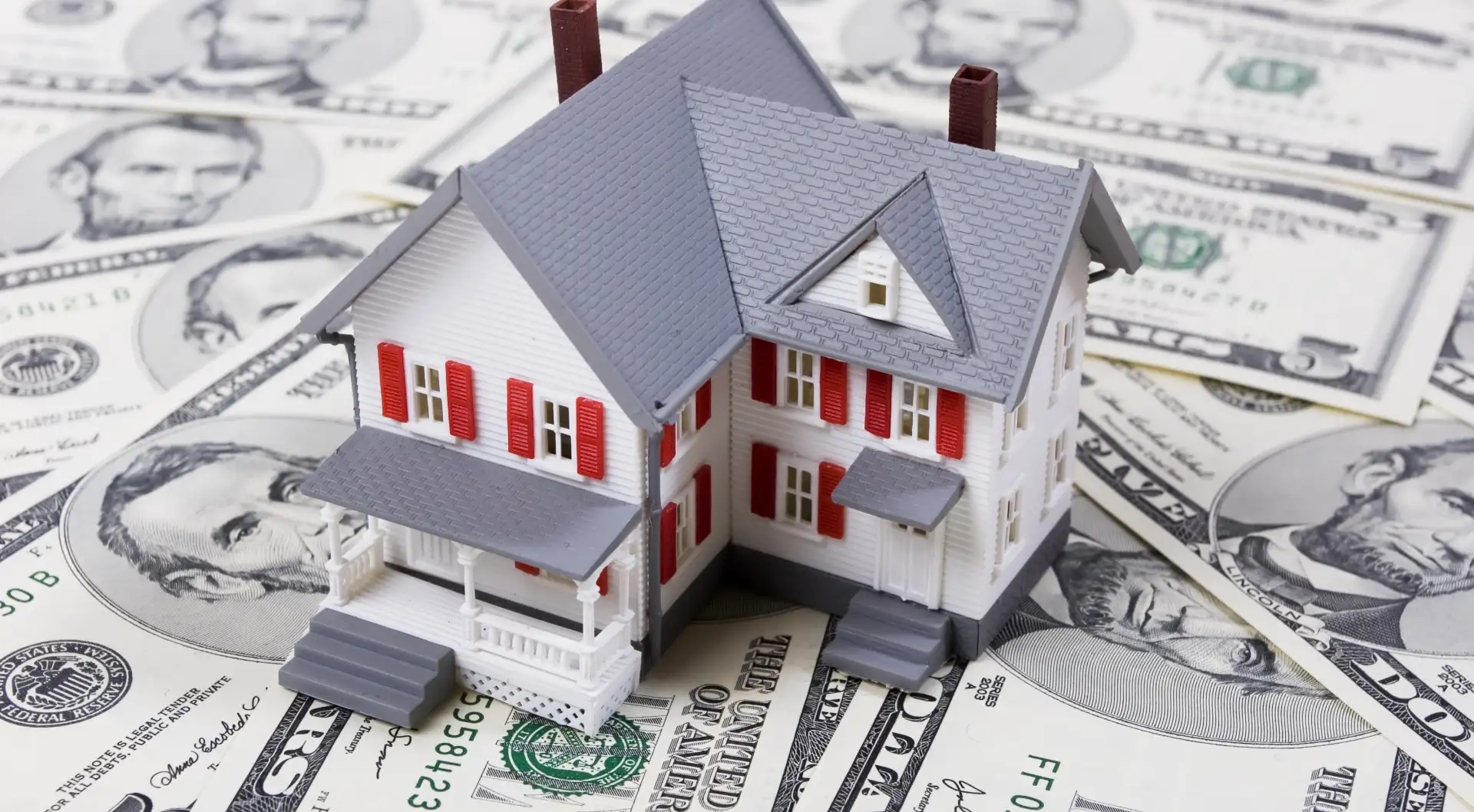Down Payment Assistance Programs Get First-Time Buyers In the Door

Gian Moore, an interior designer, bought her first home in June – a three-bedroom single-family property in Washington D.C. that cost $400,000.
It would have been out of her reach without DC Opens Doors, a local down payment assistance program that provided her with a non-amortizing loan at 0% that covered her down payment shortfall, said Moore.
“It’s changed my life,” said Moore, 35, describing the feelings of owning her own home.
For people trying to save enough to buy their first home, down payment assistance programs can be a lifeline. Known as DPAs, the programs provide funds for a down payment and closing cost assistance in the form of grants or loans.
The median home price in the Washington D.C. metropolitan area surged 21% over the past year – an escalation that made it harder for Moore and other first-time buyers to save for the 20% down payment some lenders require.
“For the first-time homebuyer, assistance programs can help buttress their existing funds so that they have the cash reserves necessary to ensure they can obtain the house they are interested in buying,” said Bill Packer, executive vice president and COO of American Financial Resources, a lender in Parsippany, New Jersey.
Most DPA and closing cost assistance programs are provided in the form of a grant or loan offered by a Department of Housing and Development (HUD)-approved state or local agency, housing commission, mortgage lender, or nationwide program.
“There are generally two types of programs available. One is usually a down payment assistance grant that often provides between 2% and 5% percent of the sales price on the home and often requires no repayment,” said Nicholas Rozek, a loan officer with Middletown, Rhode Island-based Embrace Home Loans. “The second option is typically a second trust loan for certain borrowers with a zero-percent interest rate and deferred payments.”
For many of these grants and loans, you aren’t obligated to repay them unless you sell, refinance, or vacate the home within a certain window of time – often between two to 10 years – after receiving the assistance funds.
“Repayable loans work a little differently and can vary,” Rozek said.
Generally, the loan will be a fixed amount between $5,000 to $10,000, or a percentage of the sales price – often 2% to 5%. The main difference is that the buyer is expected to pay this loan back at some point, whereas grant funds are usually gifted once the grace period wears off.
To qualify for either, you often have to be a first-time purchaser who has never previously owned a home. Also, because many of these programs are local or regional, you must reside in that area and satisfy other program requirements.
“To be eligible for DC Opens Doors, my income had to be below $151,200, the sales price maximum ceiling was $565,000, and I wasn’t allowed to have owned property in the past three years,” said Moore, the homeowner in Washington D.C.
While in some parts of the county that price ceiling could get a buyer a mansion, in Moore's area it gets you an average home. The median price for a home in the neighborhoods surrounding the nation’s capital was $571,500 in the second quarter, according to data from the National Association of Realtors.
Rozek cited the Maryland Mortgage Program Flex as a popular DPA resource, especially its option that awards grants equal to 4% of the mortgage loan’s borrowed amount, forgivable after 10 years of ownership.
“I’ve had several scenarios in which this Flex program, in combination with a small seller credit, gets the buyer to the closing table with no out-of-pocket costs at all,” said Rozek. “Plus, the state of Maryland’s dedicated underwriting team is very quick and responsive, with closing times typically less than 40 days, which is rare for down payment assistance programs.”
American Financial Resources, through its retail channel eLEND, offers a DPA program that provides down payment grants up to 3.5% on FHA purchase and rehab loans.
“Eligible borrowers include first-time buyers, low- to moderate-income buyers, and hometown heroes like current, retired, volunteer, non-paid, or in-training-to-become first responders, educators, medical personnel, civil servants, and military personnel,” said Packer, its COO.
One DPA program available to applicants across the country is Chenoa Fund, which bestows 3.5% down payment assistance via repayable or forgivable second mortgage loan products on FHA loans as well as Fannie Mae conforming mortgages.
Another is the National Homebuyers Fund, which offers down payment assistance in the form of either a gift or a zero-interest rate second mortgage forgivable after three years.
Home.LLC puts a different spin on the DPA approach, providing up to $500,000 toward the down payment for eligible applicants in exchange for a share of the profits (or losses) on the home when it’s time to sell it or after 10 years of ownership.
Other down payment assistance resources can be found by visiting the HUD website.
“There is no one-size-fits-all program, so it really depends on your particular needs and goals as a borrower as well as where you’re looking to purchase a home, since many programs are local,” said Melissa Gasparek, production resources engagement manager at Inlanta Mortgage in Pewaukee, Wisconsin.
Erik J. Martin is a Chicago area-based freelance writer whose articles have been published by AARP The Magazine, The Motley Fool, The Costco Connection, USAA, US Chamber of Commerce, Bankrate, The Chicago Tribune and other publications. He often writes on topics related to real estate, personal finance, business, technology, health care and entertainment. Erik also hosts the Cineversary podcast and publishes several blogs, including martinspiration.com and cineversegroup.com.




